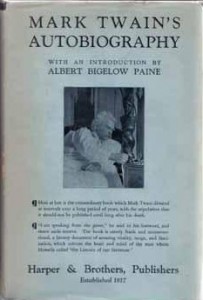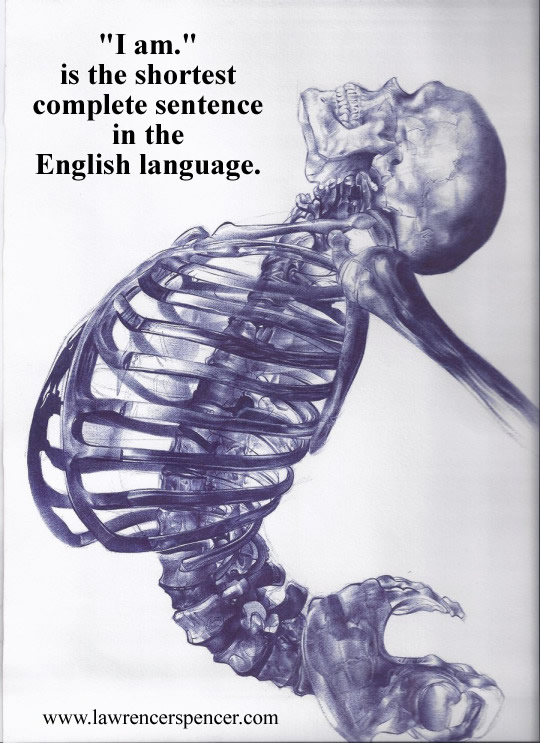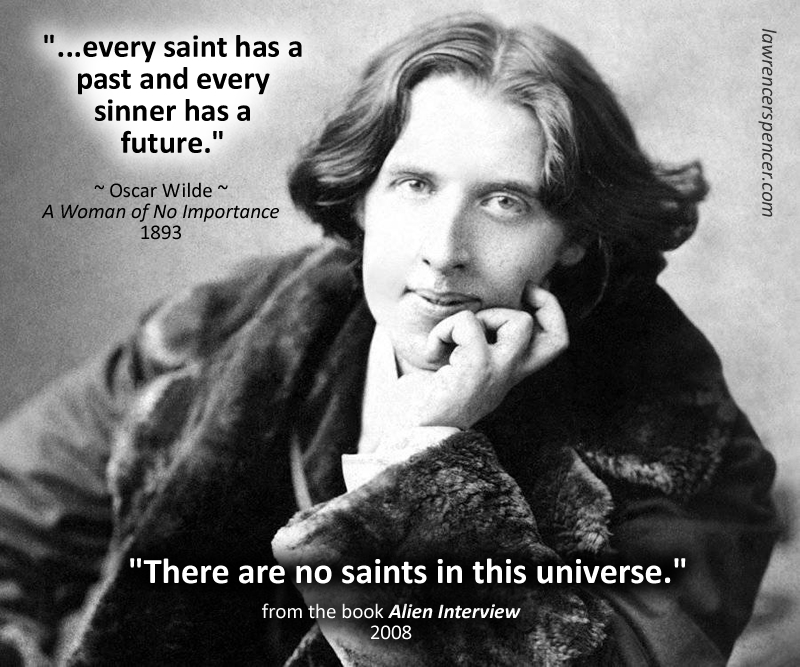Republished by Blog Post Promoter
 This book is dedicated to all living beings who expect to die sometime and to all of the dead people who ever lived who may still be living somewhere, sometime, somehow. This book is also dedicated to all of the people who are living that may need some ideas about what to do with themselves after they die. Finally, this book is dedicated to all the people who will soon be living by virtue of one or more of the following circumstances: birth, rebirth, resurrection, reincarnation, transconfiguration, cryogenic resuscitation, invasion of alien beings, angels falling out of grace, an act of one or more gods, transformation or transmigration, arrival from a different time / space / universe / plane of existence, unimaginable others, Whoever you were, are, or will be, I trust that you will enjoy the “Rest of Eternity”. — Lawrence R. Spencer
This book is dedicated to all living beings who expect to die sometime and to all of the dead people who ever lived who may still be living somewhere, sometime, somehow. This book is also dedicated to all of the people who are living that may need some ideas about what to do with themselves after they die. Finally, this book is dedicated to all the people who will soon be living by virtue of one or more of the following circumstances: birth, rebirth, resurrection, reincarnation, transconfiguration, cryogenic resuscitation, invasion of alien beings, angels falling out of grace, an act of one or more gods, transformation or transmigration, arrival from a different time / space / universe / plane of existence, unimaginable others, Whoever you were, are, or will be, I trust that you will enjoy the “Rest of Eternity”. — Lawrence R. Spencer





 Few people in history are better examples of the insane idea that people are either “saints” or “sinners”. Oscar Fingal O’Flahertie Wills Wilde (16 October 1854 – 30 November 1900) was an Irish poet and playwright. After writing in different forms throughout the 1880s, he became one of London’s most popular playwrights in the early 1890s. He is best remembered for his
Few people in history are better examples of the insane idea that people are either “saints” or “sinners”. Oscar Fingal O’Flahertie Wills Wilde (16 October 1854 – 30 November 1900) was an Irish poet and playwright. After writing in different forms throughout the 1880s, he became one of London’s most popular playwrights in the early 1890s. He is best remembered for his 